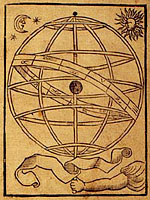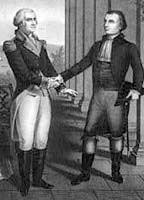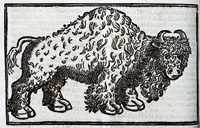Good teachers seek to build on their students’ basic notions about history, but the information must be presented clearly. In one important study, Isabel Beck, Margaret McKeown, and Erika Gromoll from the University of Pittsburgh identified ways that social studies content in textbooks could be improved, since better organization and presentation enhance students’ understanding.
The researchers examined four publishers' programs for grades 4-7. They reviewed each social studies textbook and teacher manual, including how fifth grade textbooks handled the period leading up to the American Revolution.
They found that the textbooks left out or misordered the cause and consequence of historical events and frequently failed to highlight main ideas. Three common problems were:
- inadequate explanations
- assumed background knowledge that was left unexplored
- unclear goals
Inadequate Explanations
One key problem was a failure to explain the relationship between a cause and an event. For example, although two of the textbooks described colonial life, they didn't explain why or how the colonists became disgruntled with British rule.
Presumptions of Background Knowledge
All four textbooks presumed a fund of knowledge that most fifth graders lack. One chapter even presented the motto “No Taxation Without Representation” without explaining the concept of representative government. The Pittsburgh researchers recommended that the texts help students understand what it means to be represented in a government body before tackling the cause of the Revolution.
Unclear Goals
If goals aren't clearly established, readers may struggle with a text. Researchers found that section headings were vague or didn't clearly tie into subject matter. One textbook introduced the Revolutionary War period with a brief overview entitled “Quarrels With England.” But the very next heading, “War Bring Changes,” concerned the French and Indian War. Thus, students studying one war would be confused by information about a different, seemingly unconnected war. According to the researchers, the textbooks assume young readers can connect cause and event without help, when this is not necessarily the case.



